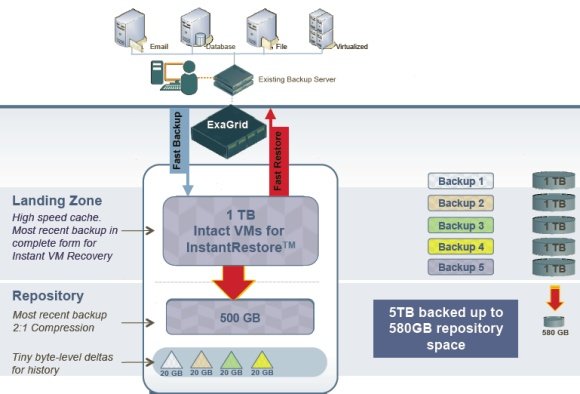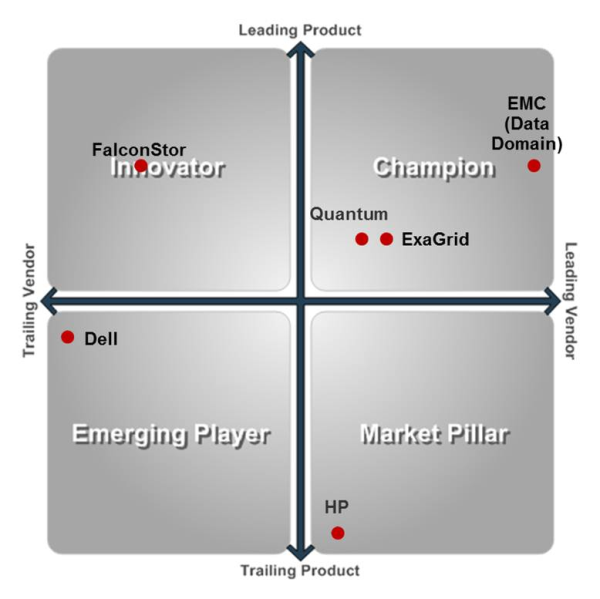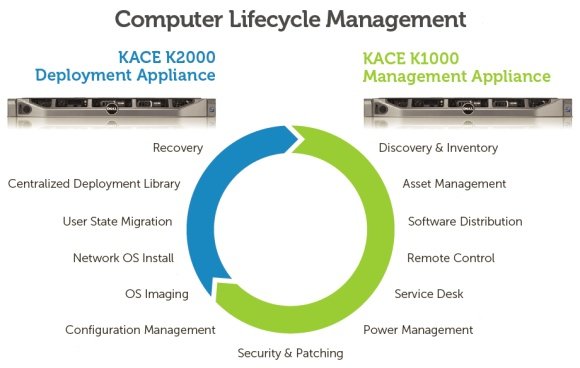To add other information to the previous post I would add to point some interesting features for ExaGrid products.
Encryption
The Exagrid EX13000-SEC offers improved data security with enterprise-proven, industry standard Self-Encrypting Drive (SED) technology. SEDs provide a high level of security
for data-at-rest and can help reduce IT drive retirement costs in the data center. All data on the disk drive is encrypted automatically without any action required by users. Encryption and authentication keys are never accessible to outside systems, where they can be stolen. Unlike software-based encryption methods, SEDs typically have a better throughput rate, particularly during extensive read operations.
The EX13000-SEC uses Seagate’s Self-Encrypting Drive (SED) to ensure that data at rest is always encrypted with 128-bit AES and is never in the clear. All data, configuration settings, etc. are encrypted.
For more information see: ExaGrid Encrypted Disk-Based Backup Data Sheet
Landing Zone
ExaGrid use a unique Landing Zone Architecture to keep recent backup data at the highest possible rate with no inline processing to interfere, resulting in the smallest possible backup window and fast recovery (of recent data).
The ExaGrid disk backup appliance uses post-processing to perform its deduplication. Once the backup job is complete and off the network, the data is protected and immediately available for restore or tape copy. Then the appliance deduplicates (and simultaneously replicates) the data in the background.
Because ExaGrid’s product allows each full backup to first land to the landing zone, it caches that most recent backup for rapid restore. Since over 90% of restores are done from the most recent backup, this approach avoids overhead incurred of undoing any deduplication during critical restores. As a result, restore times from an ExaGrid are 2x to 3x times faster than competitive solutions that do not preserve a complete copy of the most recent backup and store only deduplicated data.
Scalability
ExaGrid use a “Grid Scalability” model similar to scale-out storages where you add a new full device each time that you need to add more capacity. This mean add each time more intelligence and more computing power, compared to scale-in solution where storage is expanded with new disks shelf.
For more information see: Scalability-Overview














